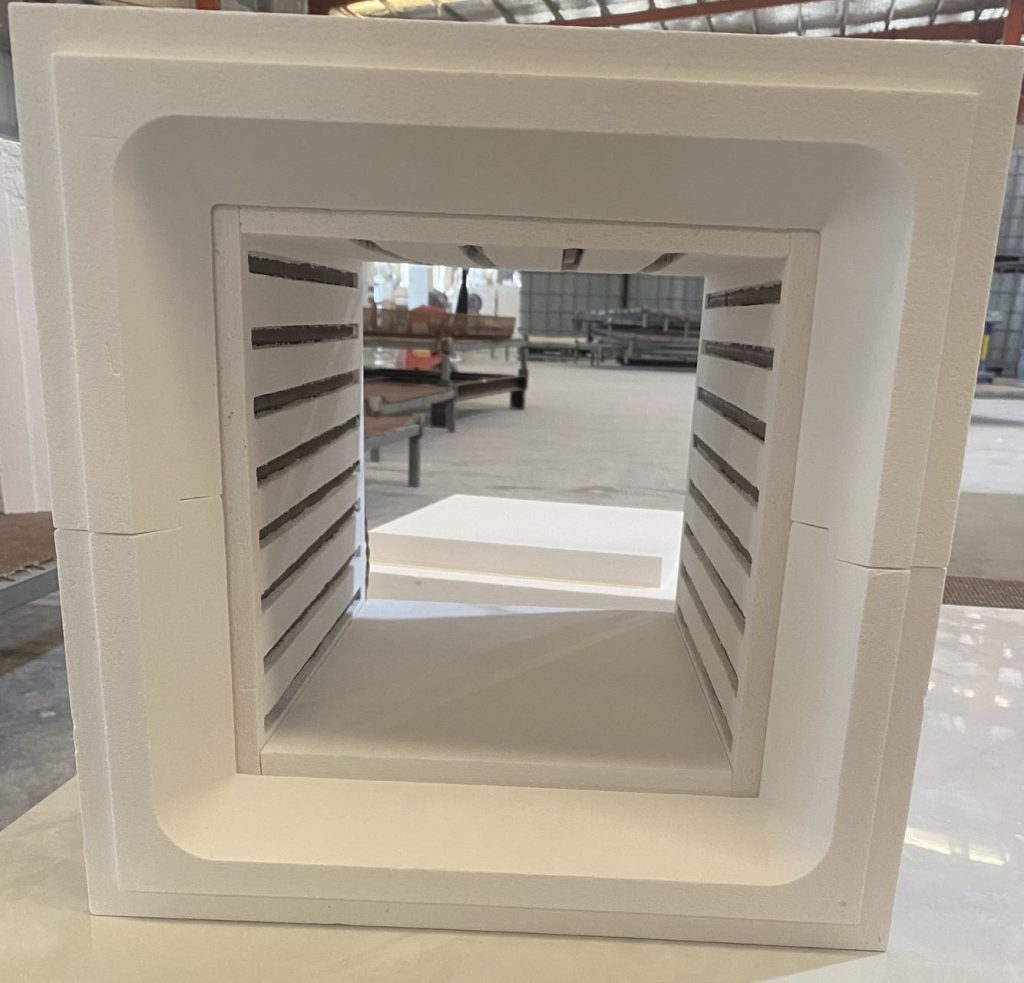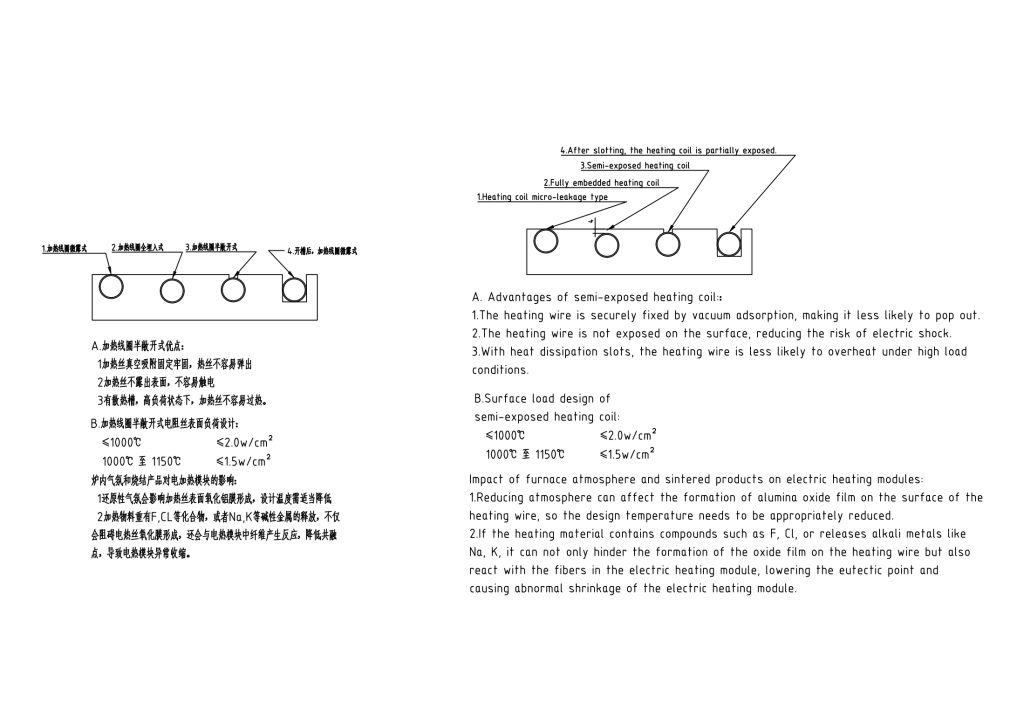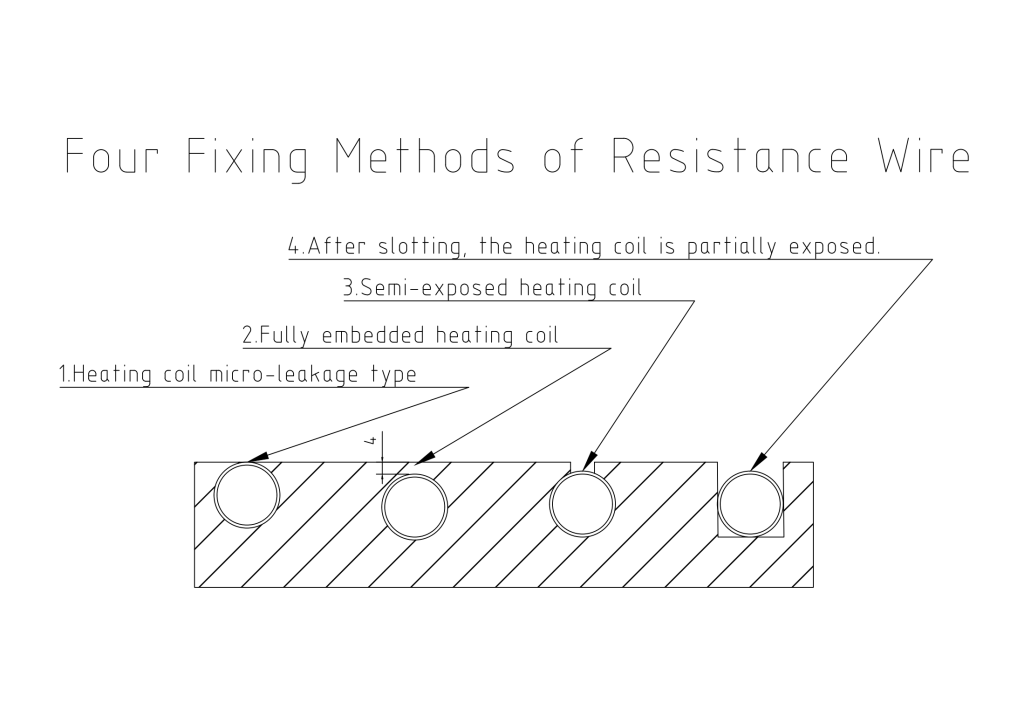Refractory Ceramic Fiber
*experimental electric heating wire furnace
*furnace inner wall lining
*insulation
*thermal insulation materials industries
The resistance wire furnace lining is a product formed by mixing inorganic materials with a small amount of organic binders in varying proportions, integrated with heating wires. It is mainly used as an inner lining for high-temperature equipment. The product has dual characteristics of heat resistance and insulation. The structure of the furnace lining is designed in a spliced manner, which can withstand thermal shrinkage, has a long service life, and does not react chemically with the products.






A. Advantages of semi-exposed heating coil::
1.The heating wire is securely fixed by vacuum adsorption, making it less likely to pop out.
2.The heating wire is not exposed on the surface, reducing the risk of electric shock.
3.With heat dissipation slots, the heating wire is less likely to overheat under high load conditions.
B.Surface load design of semi-exposed heating coil:
≤1000℃ ≤2.0w/cm²
1000℃ 至 1150℃ ≤1.5w/cm²
Application in experimental electric heating wire furnace, furnace inner wall lining, insulation, and thermal insulation materials industries.
Impact of furnace atmosphere and sintered products on electric heating modules:
1.Reducing atmosphere can affect the formation of alumina oxide film on the surface of the heating wire, so the design temperature needs to be appropriately reduced.
2.If the heating material contains compounds such as F, Cl, or releases alkali metals like Na, K, it can not only hinder the formation of the oxide film on the heating wire but also react with the fibers in the electric heating module, lowering the eutectic point and causing abnormal shrinkage of the electric heating module.



